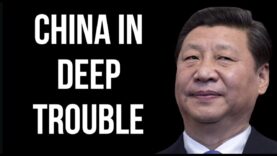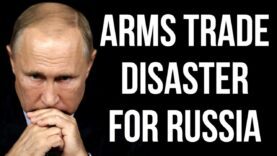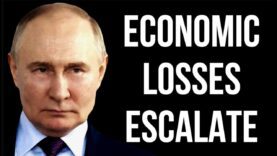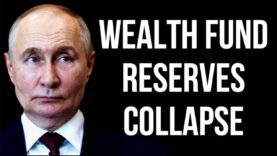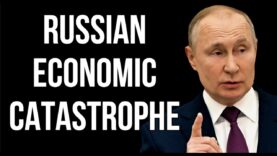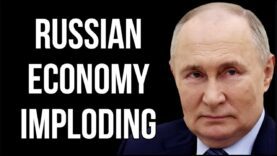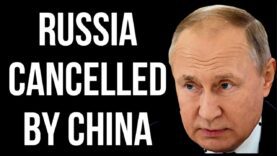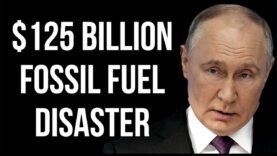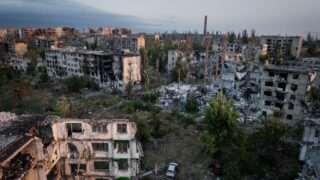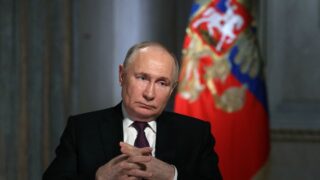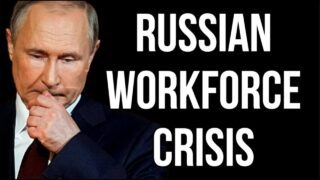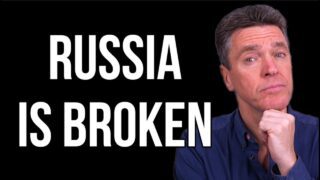RUSSIAN Economic Catastrophe as War Focus Leads to Overheating & Shortages
Video Summary
Russia’s economy has experienced a significant shift since 2021, with the country pivoting to a full-time war economy. This shift has led to a surge in investment, particularly in manufacturing and production, with a $16% increase in 2023, the highest growth rate since 2018. While this has led to short-term gains, experts warn of long-term risks. The Russian economy is heavily dependent on the war in Ukraine, with 50% of manufacturing businesses focusing on equipment for the war effort, leaving them vulnerable to contract cancellations when the war ends. The country is also experiencing a labor shortage, with 1.2 million people leaving permanently and hundreds of thousands more being called up for national service. This has led to a shortage of skilled workers, higher wages, and a potential recession once the war ends. The Russian Ruble has also depreciated, making imports more expensive and contributing to rising inflation, which has prompted the Russian Central Bank to increase interest rates to 18%. The country’s national wealth fund has also been depleted by 50% over the past year, leaving Russia at risk of running out of funds to sustain its war effort. Experts predict that Russia may enter a period of severe recession once the war ends, unless it can adapt to a post-war economy.


